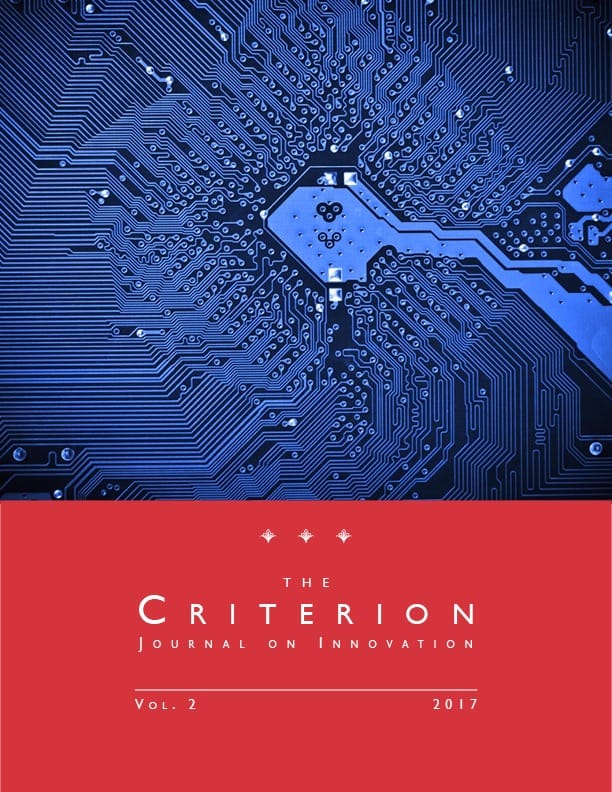Using Regression Analysis of Observed Licenses to Calculate a Reasonable Royalty for Patent Infringement
Purchase a reprint version of the Article (Amazon) | Read the Article (PDF) | Download the Article (PDF) Download the Article (PDF)Patent licenses reveal information about how the market values a patented technology and how the market values new information concerning the probability of a patent’s validity and infringement. One can use that information to determine the value of the patent in suit under the assumed conditions in the Georgia-Pacific hypothetical negotiation that the patent is absolutely valid and infringed. Using regression analysis, an expert economic witness can use the change in royalty rates that occurs after pretrial rulings (by district courts, by the PTAB, or by the ITC or its individual administrative law judges) to calculate the market value of the increasing probability that the patent in suit is valid and infringed, and to predict the outcome of the hypothetical negotiation on the eve of the defendant’s first infringement of the patent in suit. The line of best fit might predict a gradually increasing royalty over time, as uncertainty about the patent’s validity and scope decreases. If so, extending the line of best fit to the trial date would provide a conservative (lower-bound) calculation of a reasonable royalty under the assumptions of absolute validity and infringement that apply in Georgia-Pacific’s hypothetical negotiation. This methodology enables the calculation of a reasonable royalty for the patent in suit that incorporates both the underlying legal assumptions of the hypothetical-negotiation framework and the market-disciplined prices that one subsequently observes in actual patent licenses voluntarily negotiated at arm’s length between the licensor and willing third parties.

Cite as
J. Gregory Sidak, Using Regression Analysis of Observed Licenses to Calculate a Reasonable Royalty for Patent Infringement, 2 Criterion J. on Innovation 501 (2017).
